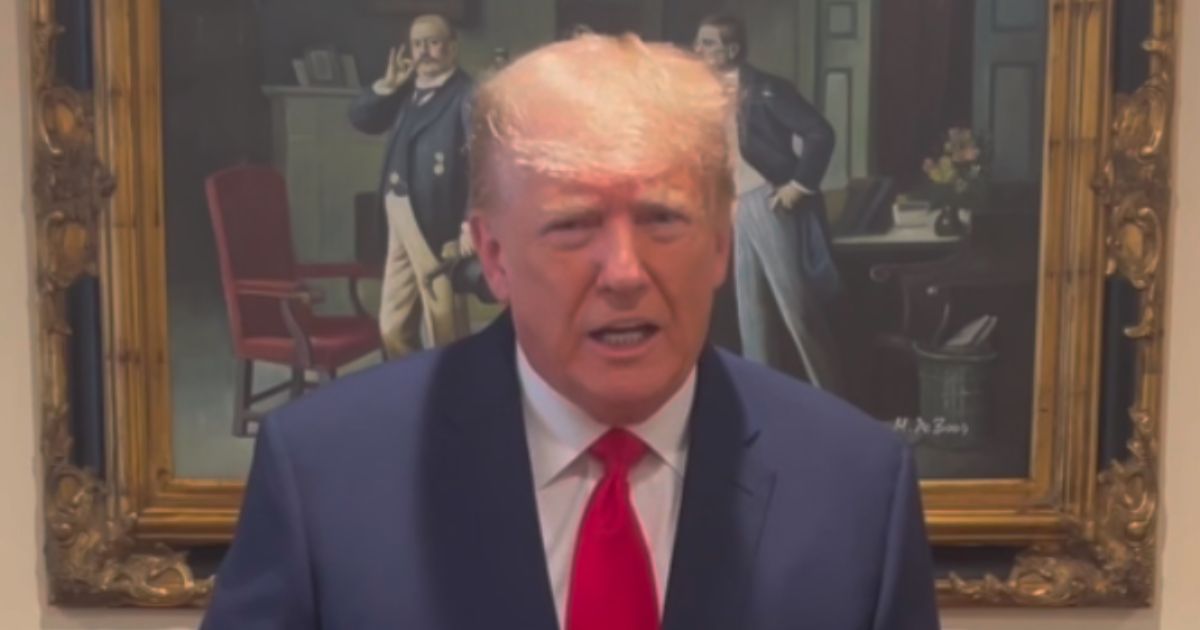Senators Propose Term Limits for US Supreme Court
In a bold legislative move, lawmakers have introduced a bill advocating for 18-year term limits on future U.S. Supreme Court justices.
This proposal, led by Sens. Joe Manchin and Peter Welch, seeks to foster more regular changes in the high court's composition, as Wokespy.com reports.
The initiative was primarily spearheaded by Joe Manchin (I-WV) and Peter Welch (D-VT) aims to amend the Constitution to implement these term limits.
Their effort comes at a time of heightened political scrutiny surrounding the lifetime appointments currently afforded to Supreme Court justices.
The discussion around term limits has intensified, especially given the contrasting lack of similar limits for Congress. The proposed change is seen by its supporters as a way to reduce the often-hyper-partisan atmosphere of Senate confirmation hearings by ensuring that each president would have the opportunity to appoint two justices per term.
Implications of Term Limits on Judicial Appointments
The proposed system would fundamentally alter how justices are appointed to the U.S. Supreme Court. By setting an 18-year term limit, the bill envisages a scenario in which new justices would be nominated every two years, coinciding with presidential elections.
This change could link the Supreme Court more closely with the electoral cycle, potentially making the appointment process a central election issue.
Advocates argue that this could democratize appointments and make the Court reflect more contemporary values and ideologies.
Critics of the bill, however, raise concerns about its constitutionality. They cite Article III of the Constitution, which they argue supports the current life tenure system to preserve judicial independence. This element has become a significant sticking point in discussions about the bill's viability.
Recent Political Context Surrounding Judicial Reform
The bill's introduction follows a tumultuous week in the Senate, where Senators Manchin and Kyrsten Sinema (I-AZ) opposed a measure supportive of the Democrat-controlled National Labor Relations Board. This opposition from within their ranks has exacerbated tensions among Democrats, particularly with the more progressive members who favor extensive judicial and governmental reforms.
The timing of this legislative proposal could be seen as an effort by moderate Democrats to regain initiative on reformative justice issues while adhering to a more bipartisan approach.
The decision not to impose term limits on Congress, however, has drawn criticism and calls for consistency in the application of term limits across all branches of government.
Proponents of the bill believe that the introduction of term limits could significantly reduce the contentiousness surrounding the Supreme Court confirmation processes. By smoothing these often-acrimonious proceedings, the Senate could focus more on legislative priorities.
Future Outlook on the Amendment's Progress
The path forward for this constitutional amendment remains uncertain. Amending the Constitution requires a supermajority in both houses of Congress and ratification by three-fourths of the states, a steep hill to climb in the current political climate.
As the debate continues, the implications of such a fundamental change to the U.S. judicial system will likely become a focal point of discussions in legal and political circles. With the Supreme Court's decisions affecting a wide array of American life, the impact of this proposed reform could be profound.
Supporters continue to push for the bill's consideration, emphasizing the potential for a refreshed and more responsive Supreme Court.
However, the controversy around constitutional interpretations and the protective measures intended to ensure judicial independence suggest that discussions will be lengthy and complex.
The introduction of this bill serves as a reminder of the ongoing debates concerning the composition and functioning of the highest court in the United States. As it stands, the proposal represents a significant step by certain members of the Democratic Party to advocate for structural changes within the U.S. government's judicial branch.



